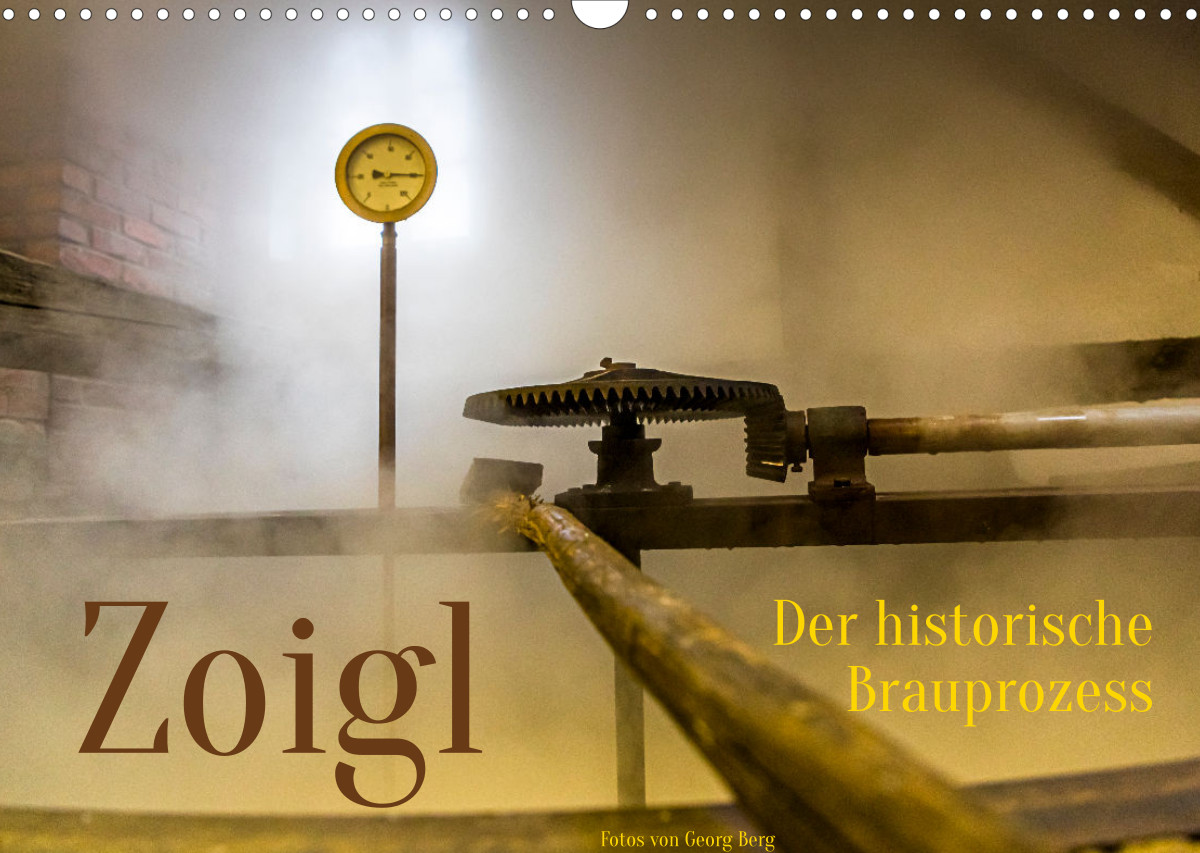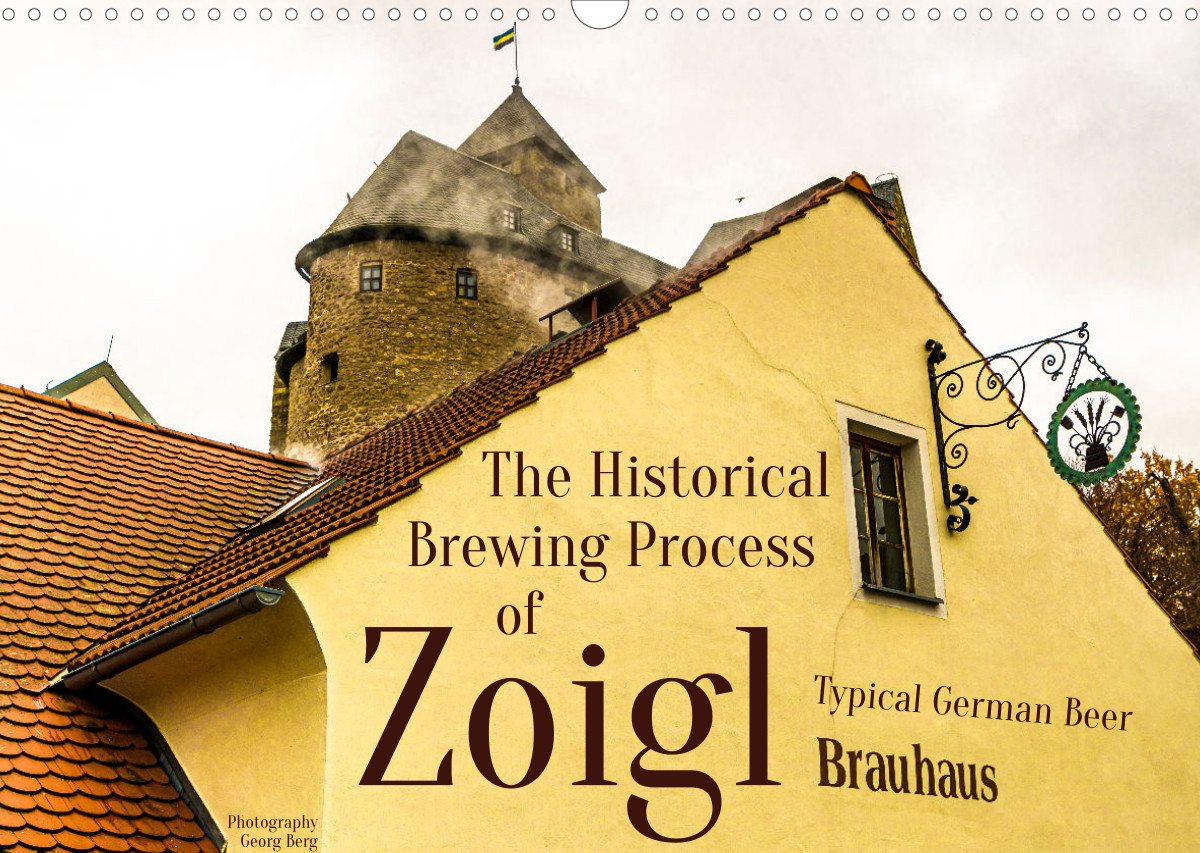If there is anything regionally typical besides the lush green hilly landscape of the Upper Palatinate, it is the Zoigl. Thomas Kellermann, top chef at Burg Wernberg near Weiden, strongly recommended a visit to a Zoigl pub during our stay at the now-closed Hotel Burg Wernberg. At the time, he had been living in the Upper Palatinate for ten years and often visited the Zoigl himself, occasionally dreaming of having his own beer garden. What Upper Palatinate residents and people who know the area pronounce so naturally seems to a stranger like the (here not far away) Bohemian villages. Zoigl? Zoigl pub? Zoigl is a bottom-fermented beer brewed light or dark. It comes from the northern Upper Palatinate and is brewed by private individuals together.

Well, curiosity, the Zoigl calendar and chance lead us to the old vicarage in Altenstadt an der Waldnaab to Anni and Rudi Loistl. There we learn a lot about the more than 600-year-old brewing tradition from the guests and the innkeepers, and in no time at all Zoigl passes our lips as a matter of course.

A star as a beer indicator
When it is the turn of the private bar to serve beer for a week, the six-pointed wooden Zoigl star dangles from the pole of the house gable or above the entrance door. It resembles the Star of David, is the old craft symbol of the brewers and symbolizes the three elements involved, fire, water and air, as well as the ingredients water, malt and hops, which have been known since the Middle Ages. Yeast as a brewing ingredient was still missing at that time. For centuries, the star has shown the way to beer. In dialect, the pointer has become Zeigel and later Zoigl.

The drinkable Zoigl beer is a bottom-fermented, unfiltered traditional beer from the northern Upper Palatinate. Windischeschenbach, with a population of around 5,700, is considered the center of Zoigl. The brewing right has been guaranteed here since 1455, anchored to the house and property and recorded in the land register. The prince once granted the brewing right to some citizens. It dates back to a time when drinking water was often contaminated and it was more beneficial to health to drink beer. Even today, some private brewers in the region operate a communal brewhouse. For the use and, above all, the preservation of this cultural feature, they pay a kettle fee as a membership fee. Of the 38 shareholders, however, only ten are still actively brewing. A year in advance, the innkeepers agree on who will be allowed to open on which weekend. This is how the Zoigl calendar is created, which can be found in many places on the Internet and also as an app.
Guests come over from Nuremberg and Regensburg.

Rudi Loistl brews his beer according to his own recipe. He has been a hobby brewer for 30 years. He has been serving his beer in the old vicarage since 2005. He only worked longer in the tax office – a whole 46 years. But that’s over now, and he can put all his energy into the art of brewing and the old property. The roof truss alone, he points out in conversation, dates back to 1733, “60 years before the French Revolution.”

A visit to Braugasse 1 – Where else!

Is there a better address for a brewery? There are 38 registered brewers in Windischeschenbach. Of these, ten are currently still active. They enter their names in the brew book. Whoever is in there has the right to use the communal brewhouse. The malt produced from barley, about 500 kg, is brought by each brewer himself. It is milled in the brewhouse. For his brewing malt, Rudi Loistl relies on his own blend of Pilsener malt, which has rather tart notes, and Munich malt, which tastes sweeter.
Now the fresh spring water is still missing. The grist is mixed with water in the mash tun, and heating it dissolves the substances from the malt that are later fermented into beer. Windisch-Eschenbach has soft, low-calcium drinking water. Rudi Loistl is convinced that this above all ensures the good taste of the beer later on.

After some time, the mash is freed from the solid components and fed into the brew kettle. Two cubic meters of wood provide eight hours of firing. And the hops from Holedau, which are added here, provide the necessary bitterness. The boiling temperature of the liquid, now called wort, is 80 degrees.

The copper cooling ship under the lavishly renovated roof of the Kommunbrauhaus is particularly impressive. Up to 4,000 liters can be fed into the refrigerated ship. Rudi Loistl, who guides us through the brewery in the dry phase between the brews: “Up to this point, it’s nothing more than a hot hop tea that needs to blow off steam.” The wort cools overnight and he picks it up in his own tanker the next day. Each brewer has his own beer cellar. In it, the hop tea is first turned into beer with the addition of yeast. The duration and temperature of fermentation are the adjusting screws of every citizen brewer. They ensure that the Zoigl beers differ in taste.

Whoever happens to be in the Upper Palatinate, be it for a hike along the picturesque Waldnaab or as a bicycle tourist on the Paneuropa Cycle Path, or as a city tourist from Regensburg or Amberg, this old brewing tradition, which has been maintained by the people of the Upper Palatinate for centuries, is a very special cultural treasure and absolutely worth a visit.

Meanwhile, there are also pointers in the virtual world that show the way to the beer. The Zoigl app or the Zoigl calendar show beer lovers the opening hours of the Zoigl pubs. There is also a star system here, with up to five stars. The criteria for many stars are, for one thing, whether the beer brew comes from the communal brewer, whether the brewery operates its own home fermentation, whether it is open no more than every three weeks and whether it serves only typical Zoigl snacks. Another clue for visitors is the logo Echter Zoigl vom Kommunbrauer.

Wernberg Castle was designed as a working castle in the Middle Ages, because according to the right of escort, merchants had to pay taxes for a safe journey at this important traffic junction. Almost at the same time, the brewing right was established, which is still valid in the Zoigl tradition.
The reportage in the communal brewery of Falkenberg, which is protected as a historic monument, provides a real insight into the traditional brewing process because here work is still done in open kettles.




